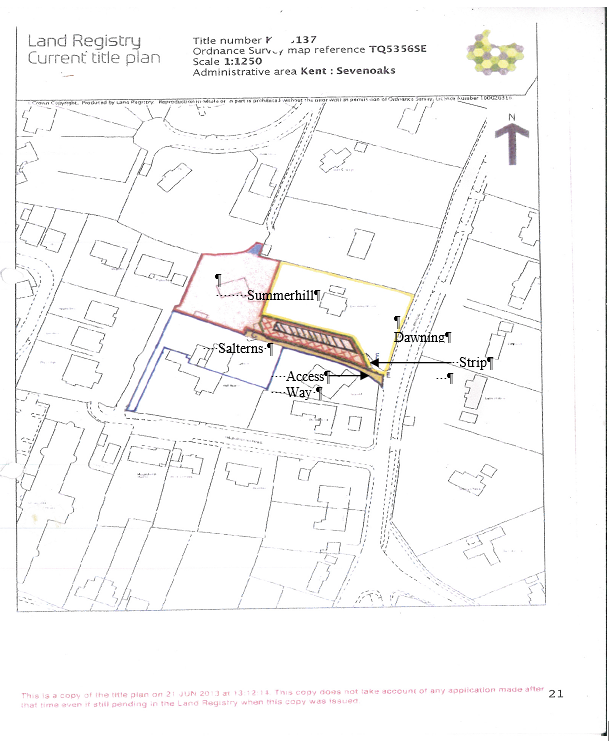B e f o r e :
LADY JUSTICE ARDEN
and
LORD JUSTICE DAVID RICHARDS
____________________
Between:
| |
Clare Elizabeth Annetts
|
Claimant/ Respondent
|
| |
- and –
|
|
| |
Nureni Adetunji Adeleye
|
Defendant/ Appellant
|
____________________
Zachary Bredemear (instructed by DWF LLP) for the Appellant
Justin Althaus (instructed by Batchelors Solicitors) for the Respondent
Hearing date: 5 December 2017
Further submissions filed 8,12,19 & 21 December 2017
____________________
HTML VERSION OF JUDGMENT APPROVED�
____________________
Crown Copyright ©


